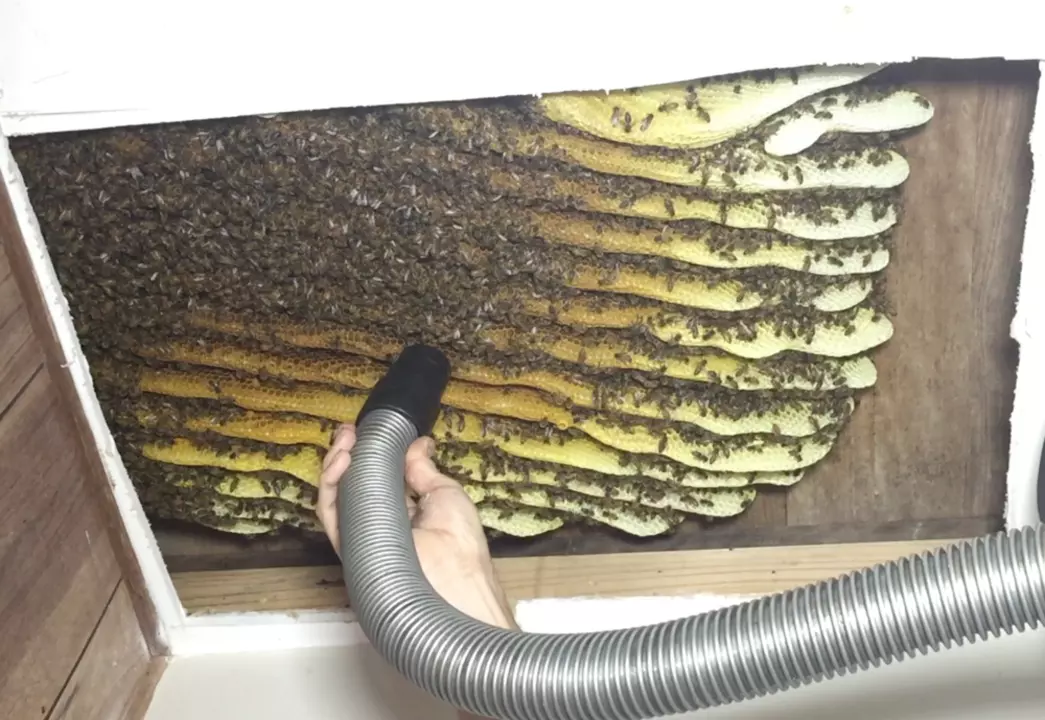Category: Beekeeping
Bees are remarkable creatures, and their beehives are no exception. Beehives can get quite large, often growing to the size of a small car. Unsurprisingly, the larger the hive, the more bees it can house. A larger hive can also store greater amounts of honey and pollen, allowing a colony of bees to thrive. In the wild, these hives can reach impressive sizes, with some even reaching up to six feet in length. However, with proper management and regular inspections, beekeepers can ensure that their hives remain manageable.
As a beekeeper, my biggest pet peeve is when people fail to appreciate the hard work and dedication that goes into maintaining a healthy hive of bees. Beekeeping is a labor of love and requires a deep understanding of the biology and behavior of bees. It also takes a lot of time and energy to manage the hive and ensure that the bees are safe and healthy. Unfortunately, not everyone takes the time to understand the complexity of beekeeping, which can be frustrating. Another pet peeve of mine is when people don't take the time to understand the importance of bees and their role in the ecosystem. Bees are essential to the environment and play a vital role in the pollination of crops, so it is important that we all take the time to appreciate and protect them.
Beekeeping can be a rewarding hobby, but it is important to make sure that the beehive is kept warm, as cold temperatures can be detrimental to the bees. This can be done by providing insulation for the hive, such as straw, hay, or sawdust. Additionally, the hive should be placed in a sunny area and away from strong winds. Additionally, the hive should be elevated off the ground, as this will help keep it warm. Finally, the hive entrance should be facing south, so that the bees can benefit from the warmth of the sun. With these tips, beekeepers can ensure that their beehive stays warm.


